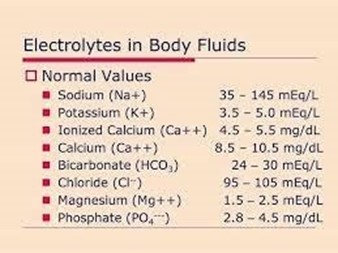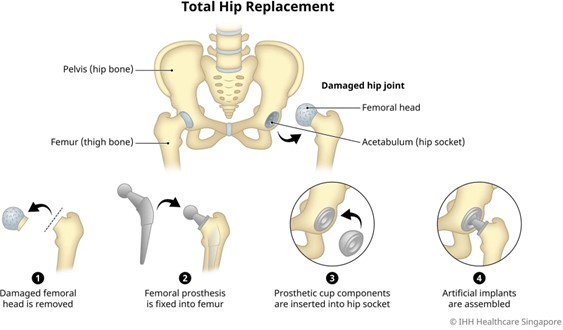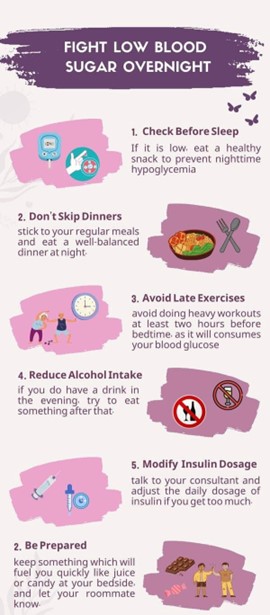A client reports experiencing numbness and tingling in the extremities. Which of the client's serum laboratory values should the practical nurse (PN) prioritize reporting to the healthcare provider?
Hematocrit
Albumin and protein levels
Electrolytes
White blood cell count (WBC)
The Correct Answer is C
When a client reports experiencing numbness and tingling in the extremities, it is crucial for the practical nurse (PN) to prioritize reporting the client's electrolyte levels to the healthcare provider. Electrolytes are essential minerals that help maintain the balance of fluids in the body and enable proper nerve and muscle function. Imbalances in electrolyte levels can lead to neurological symptoms, including numbness and tingling.
Options a, b, and d are not the correct priorities to report in this situation:

Nursing Test Bank
Naxlex Comprehensive Predictor Exams
Related Questions
Correct Answer is B
Explanation
After a hip arthroplasty with prosthesis placement, it is important to follow specific precautions to protect the surgical site and prevent dislocation of the hip joint. One common precaution is to avoid excessive internal rotation, adduction, and f

The other observations mentioned in the scenario are correct and demonstrate appropriate knowledge of the turning procedure:
A. Placing an abduction pillow between the client's legs helps maintain proper alignment and prevents adduction of the legs, which can cause hip dislocation.
C. Keeping the back straight and knees bent when moving the client promotes proper body mechanics and reduces the risk of injury to the UAPs.
D. Using a turning sheet under the client for turning and repositioning helps reduce friction and shearing forces, making the process safer and more comfortable for the client.
Correct Answer is B
Explanation
This is the finding that the PN should document as evidence that the amount of insulin is inadequate for the client with type 1 diabetes mellitus. Consecutive evening serum glucose greater than 260 mg/dL indicates hyperglycemia, which means that the client's blood sugar is too high and not well controlled by the insulin dose. The PN should report this finding to the healthcare provider and expect a possible adjustment in the insulin regimen.

Whether you are a student looking to ace your exams or a practicing nurse seeking to enhance your expertise , our nursing education contents will empower you with the confidence and competence to make a difference in the lives of patients and become a respected leader in the healthcare field.
Visit Naxlex, invest in your future and unlock endless possibilities with our unparalleled nursing education contents today
Report Wrong Answer on the Current Question
Do you disagree with the answer? If yes, what is your expected answer? Explain.
Kindly be descriptive with the issue you are facing.
